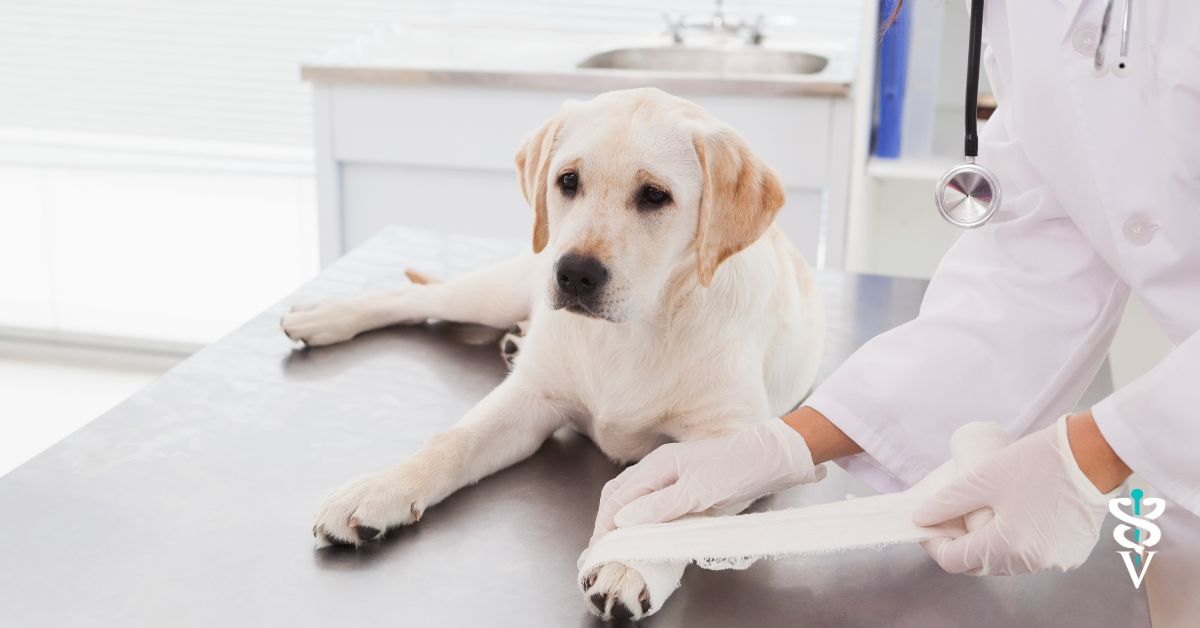
Mastering Emergency Wound Management: A Webinar Unveiling the Art of Care
As veterinary professionals, navigating the intricacies of emergency wound management is a critical skill set. In the recent webinar titled "Emergency Wound Management," Chloe Fay, a seasoned veterinary nurse specializing in emergency and critical care, took the virtual stage to unravel the nuances of wound care. This insightful session aimed to empower veterinarians and veterinary nurses with the know-how to make informed decisions when faced with diverse wound scenarios.
Chloe commenced her webinar by underlining the pivotal role of patient stabilization in emergency wound cases. Stressing the significance of prioritization, she advocated for the assessment and treatment of life-threatening injuries before diving into wound management. Chloe's emphasis on controlling bleeding and applying sterile dressings as initial steps resonated as foundational measures in stabilizing patients.
The webinar navigated through the three integral phases of wound healing: the inflammatory phase, proliferative phase, and matrix remodelling phase. Chloe meticulously detailed the physiological intricacies of each phase, shedding light on minimizing blood loss, tissue granulation, and eventual scar formation. The comprehensive understanding of these phases forms the bedrock for effective wound care.
In the realm of wound closure, Chloe elucidated the duration of wound healing and factors influencing this process. Classification based on contamination, ranging from clean wounds to highly contaminated ones, played a central role in Chloe's discourse. The webinar elucidated how the type of wound and its contamination level dictate the healing duration.
The session further explored the diverse landscape of wounds, including lacerations, puncture wounds, thermal burns, abrasions, and avulsions. Chloe's use of illustrative cases and visuals, like a step-by-step image guide for wound treatment, enriched the learning experience. From cleansing and debridement to closure and post-care, Chloe provided a roadmap for managing various wound types. She navigated through the intricacies of wound healing methods, ranging from first intention to third intention, shedding light on the factors influencing closure technique choices.
Deftly addressing the often-overlooked aspect of debridement, Chloe unfolded the techniques involved. Surgical, mechanical, enzymatic, and autolytic debridement methods were explored, each serving as a valuable tool in the hands of veterinary professionals dealing with diverse wound scenarios.
In conclusion, Chloe's webinar emerged as a beacon of enlightenment in the realm of emergency wound management. Armed with a wealth of knowledge and practical insights, veterinarians and veterinary nurses are now better equipped to approach and navigate the complex landscape of wound care. The session served as a testament to the continual evolution of veterinary education, providing a platform for professionals to hone their skills and enhance patient care.
